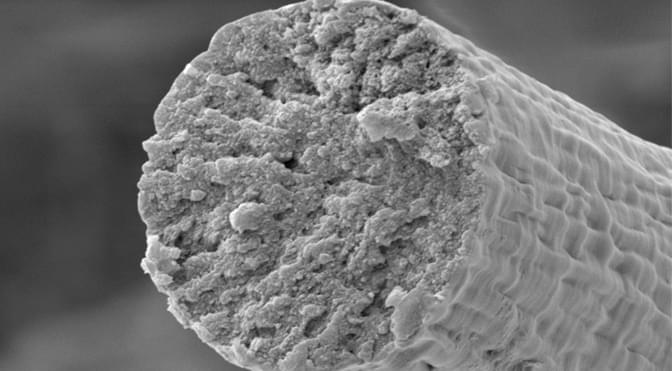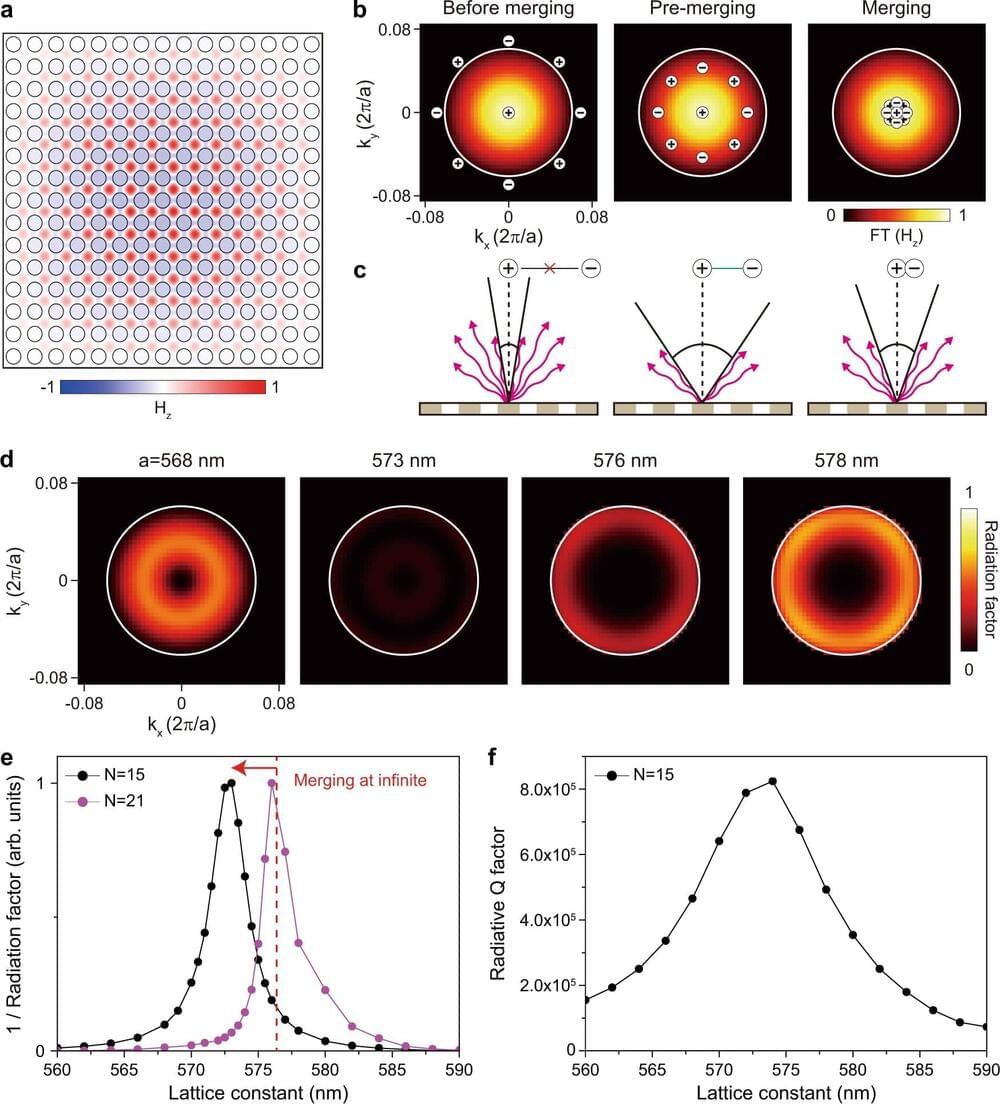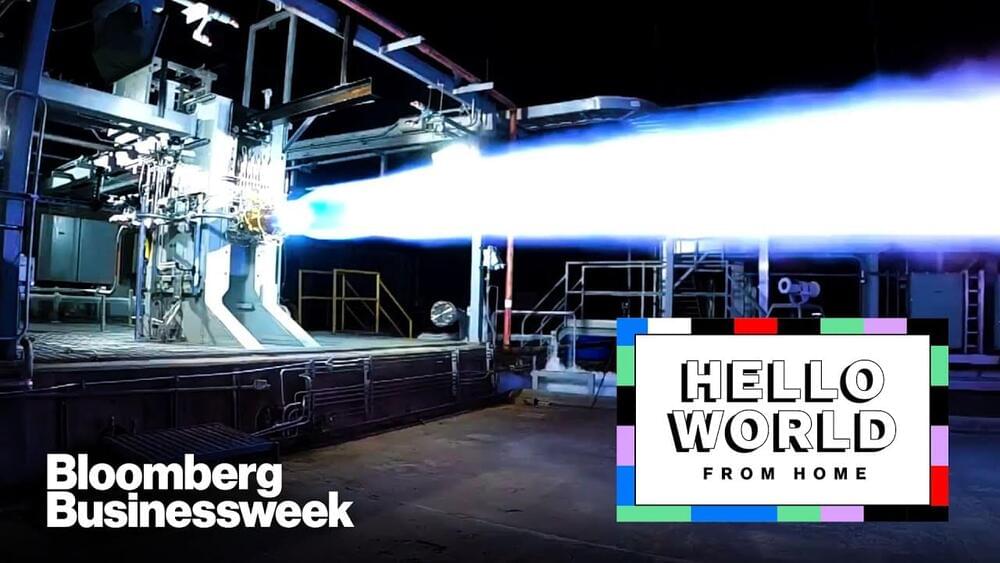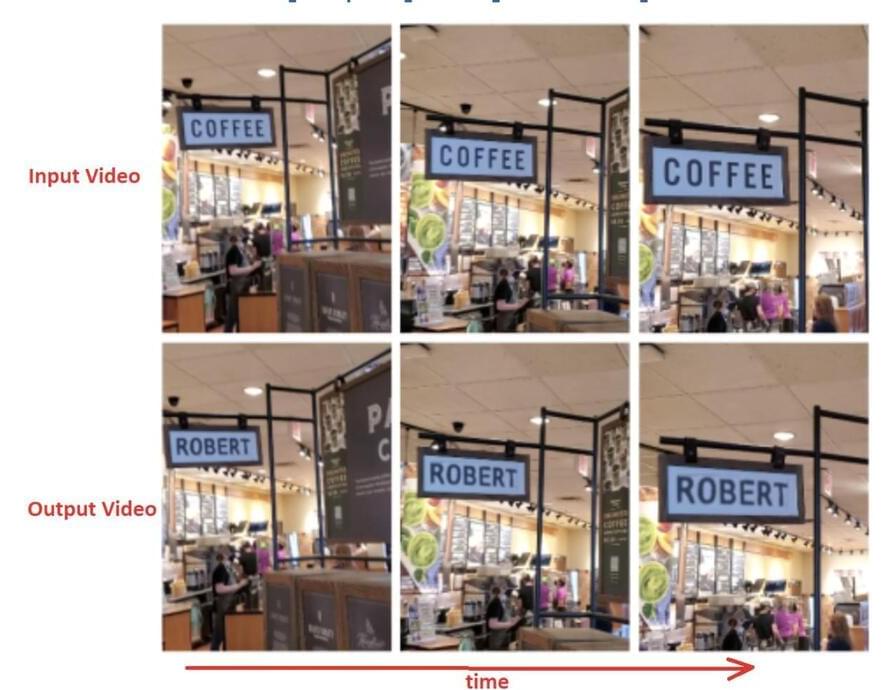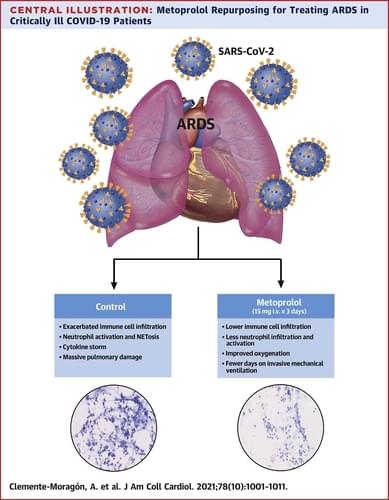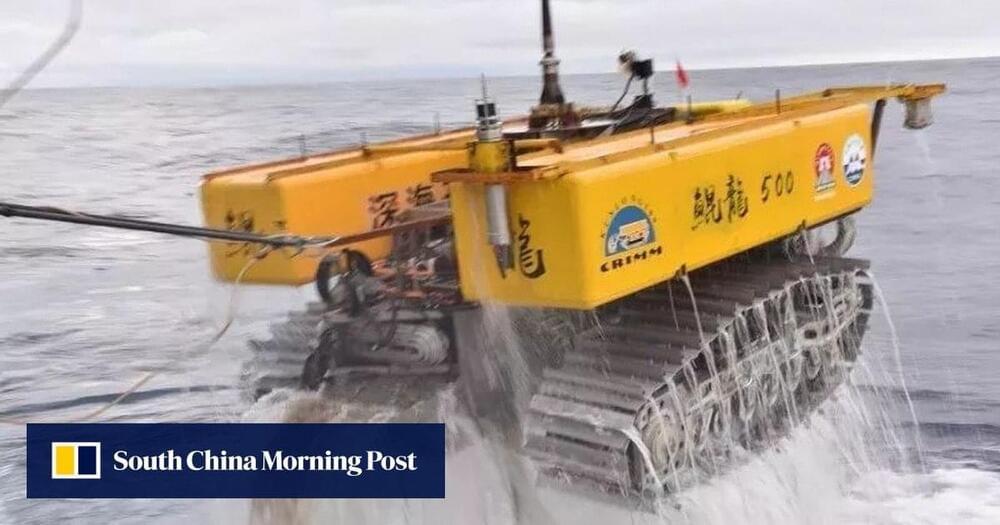This could lead to clothing made from real muscle. That might sound like an unsettling option, but the fibers aren’t what you’re imagining.
Physicists at The Australian National University (ANU) have developed extremely powerful microscopic lasers that are even smaller than the wavelength of the light they produce. So called ‘nanolasers’ have a huge variety of medical, surgical, industrial and military uses, covering everything from hair removal to laser printers and night-time surveillance. According to lead researcher Professor Yuri Kivshar, the nanolasers developed by his team promise to be even more powerful than existing lasers, allowing them to be useful in smaller-scale devices. “They can also be integrated on a chip,” he said.
One of the many areas graphene promises to have transformative effects is in fortifying construction materials like concrete and asphalt. A first-of-a-kind trial now underway seeks to apply the wonder material’s impressive attributes to one of the UK’s major thoroughfares, by deploying it in a road resurfacing project along a stretch of the A1 motorway.
Made up of a single sheet of carbon atoms arranged in a honeycomb pattern, graphene offers incredible strength and flexibility, and by incorporating it into materials like asphalt scientists hope to develop road surfaces that last far longer, and therefore cost less to maintain.
Back in 2017 we looked at an interesting take on this from a pair of Italian companies that developed an asphalt material doped with a graphene additive to make it less likely to soften in the heat and crack in the cold under high loads. This product, known as Gipave, also incorporates plastic pellets and was recently rolled out along stretches of UK roads as part of trials to see how it can extend the lifespan of the surface.
California-based startup Relativity Space is manufacturing rockets using giant Westworld-esque 3D printers, a process they say could drastically shorten the rocket-making process from years to weeks. Tim Ellis, the company’s 30-year-old CEO, explains how the high degree of automation in Relativity’s factory has enabled them to build rockets remotely during the Covid-19 pandemic.
#Coronavirus #Space #HelloWorld.
——-
Like this video? Subscribe to Bloomberg on YouTube: https://www.youtube.com/Bloomberg?sub_confirmation=1
Become a Quicktake Member for exclusive perks: https://www.youtube.com/bloomberg/join.
Bloomberg is the First Word in business news, delivering breaking news & analysis, up-to-the-minute market data, features, profiles and more: http://www.bloomberg.com.
Connect with us on… Twitter: https://twitter.com/business Facebook: https://www.facebook.com/bloombergbus… https://www.instagram.com/bloombergbu…
Twitter: https://twitter.com/business.
Facebook: https://www.facebook.com/bloombergbusiness.
Instagram: https://www.instagram.com/bloombergbusiness/
The results provide a blueprint for finding such systems in the universe’s quieter, emptier regions.
By definition, dwarf galaxies are small and dim, with just a fraction of the stars found in the Milky Way and other galaxies. There are, however, giants among the dwarfs: Ultra-diffuse galaxies, or UDGs, are dwarf systems that contain relatively few stars but are scattered over vast regions. Because they are so diffuse, these systems are difficult to detect, though most have been found tucked within clusters of larger, brighter galaxies.
Now astronomers from MIT.
Technically, several attempts have been made to automate text replacement in still images based on principles of deep style transfer. The research group is including this progress and their research to tackle the problem of text replacement in videos. Videotext replacement is not an easy task. It must meet the challenges faced in still images while also accounting for time and effects such as lighting changes, blur caused by camera motion or object movement.
One approach to solve video-test replacement could be to train an image-based text style transfer module on individual frames while incorporating temporal consistency constraints in the network loss. But with this approach, the network performing text style transfer will be additionally burdened with handling geometric and motion-induced effects encountered in the video.
Therefore, the research group took a very different approach. First, they extract text regions of interest (ROI) and train a Spatio-temporal transformer network (STTN) to Frontalize the ROIs so that they will be temporally consistent. Next, they scan the video and select a reference frame with high text quality which was measured in terms of text sharpness, size, and geometry.
NASA’s latest Hubble Space Telescope image share spies a stunning globular cluster, NGC 6,717 in what looks like a frozen fireworks show.
Researchers at the International Thermonuclear Experimental Reactor debuted the first part of a massive magnet they’ll use to build a fusion reactor.
Severe coronavirus disease-2019 (COVID-19) can progress to an acute respiratory distress syndrome (ARDS), which involves alveolar infiltration by activated neutrophils. The beta-blocker metoprolol has been shown to ameliorate exacerbated inflammation in the myocardial infarction setting.
Centro Nacional de Investigaciones Cardiovasculares (CNIC), Madrid, Spain Drs Clemente-Moragón and Martínez-Milla contributed equally to this work.
With complex structures – including a strong, flexible mechanical arm carrying various tools – the splash created by a deep sea mining robot was akin to that of humans. But unlike a free-fall diver, the robot was lowered by a rope and the swing caused by wind and waves added uncertainty to its motion, according to the researchers.
Robots are perfecting their diving skills in preparation for the serious business of tapping into mineral resources in the seabed.
